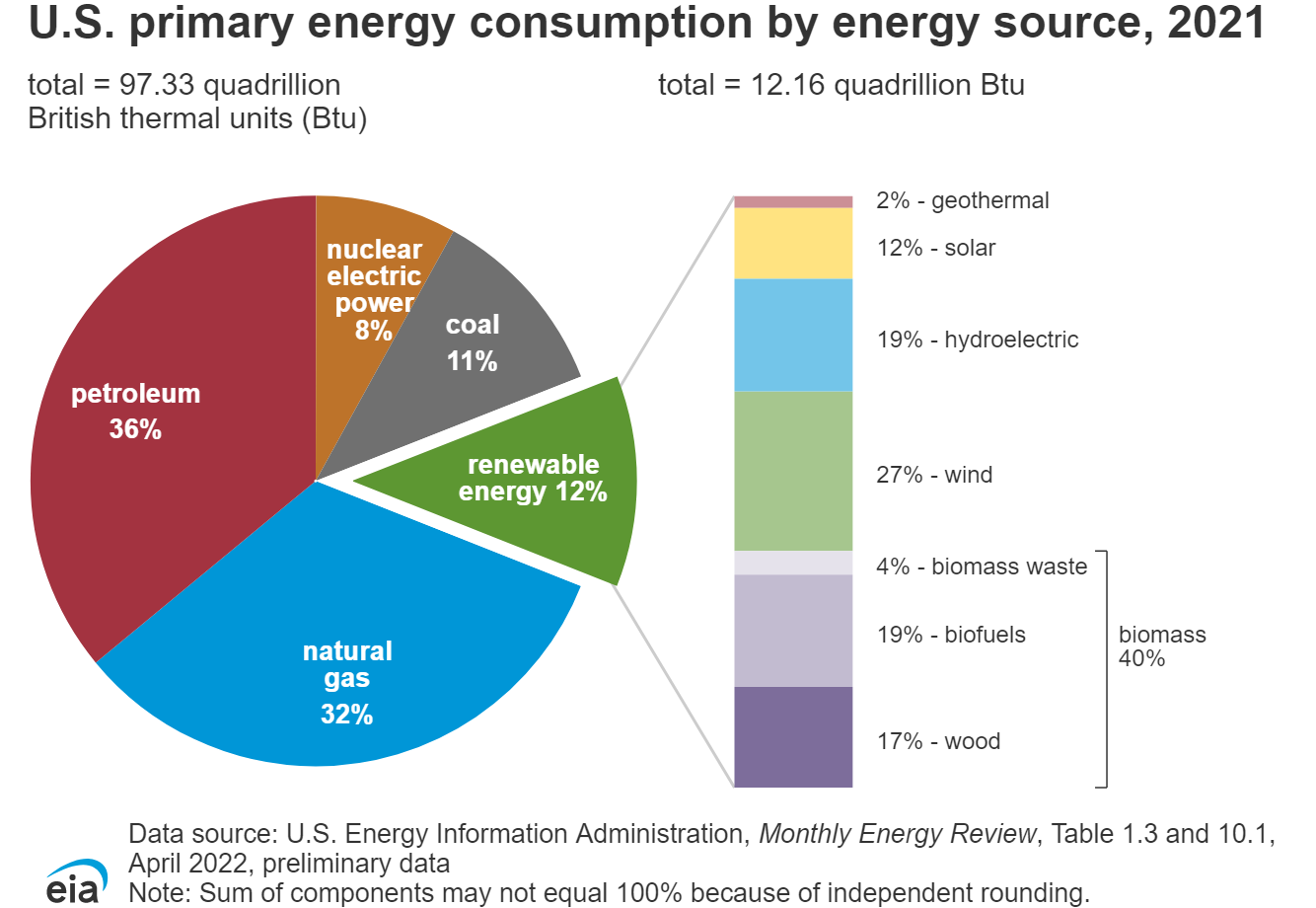Introduction
Energy-saving construction is a crucial aspect of sustainable development in the modern world. As the demand for energy continues to rise, it is essential to adopt construction practices that minimize energy consumption and reduce environmental impact. In this article, we will explore some key strategies and technologies that can be employed for energy-efficient construction.
Insulation and Building Envelope
Proper insulation is one of the most effective ways to save energy in buildings. Insulation materials, such as fiberglass, cellulose, and foam, help to minimize heat transfer and reduce the need for heating and cooling systems. Additionally, a well-designed building envelope, including high-performance windows and doors, plays a significant role in reducing energy loss through air leakage.
Passive Solar Design
Passive solar design utilizes the sun’s energy for heating and cooling purposes. By incorporating features such as large south-facing windows, thermal mass, and shading devices, buildings can maximize natural daylight and reduce the reliance on artificial lighting. Proper orientation and design considerations can significantly enhance energy efficiency in buildings.
Energy-Efficient HVAC Systems
Heating, ventilation, and air conditioning (HVAC) systems account for a significant portion of a building’s energy consumption. To achieve energy savings, it is essential to install efficient HVAC systems that are properly sized and regularly maintained. Technologies such as variable refrigerant flow (VRF) systems and energy recovery ventilation (ERV) can help optimize energy usage.
Renewable Energy Integration
Integrating renewable energy sources, such as solar panels or wind turbines, is an excellent way to reduce reliance on fossil fuels and decrease the carbon footprint of buildings. These systems can generate clean energy on-site and contribute to overall energy savings. Additionally, energy-efficient construction should consider the use of energy management systems to monitor and control energy consumption.
Conclusion
Energy-saving construction practices play a vital role in mitigating the environmental impact of buildings and reducing energy costs. Through proper insulation, passive solar design, efficient HVAC systems, and renewable energy integration, buildings can significantly lower their energy consumption and contribute to a more sustainable future. It is crucial for architects, engineers, and construction professionals to prioritize energy efficiency in their designs to create environmentally responsible buildings.
